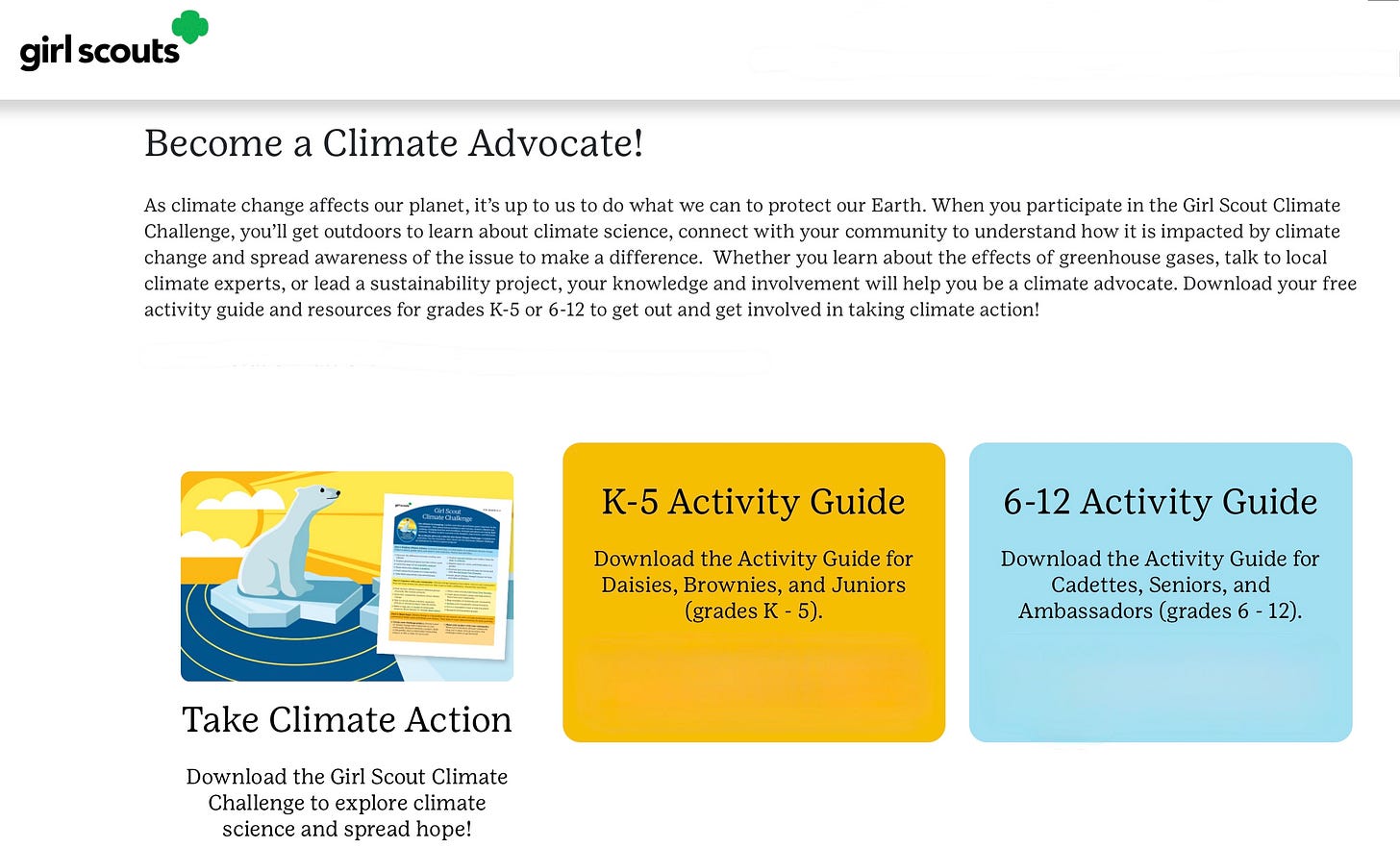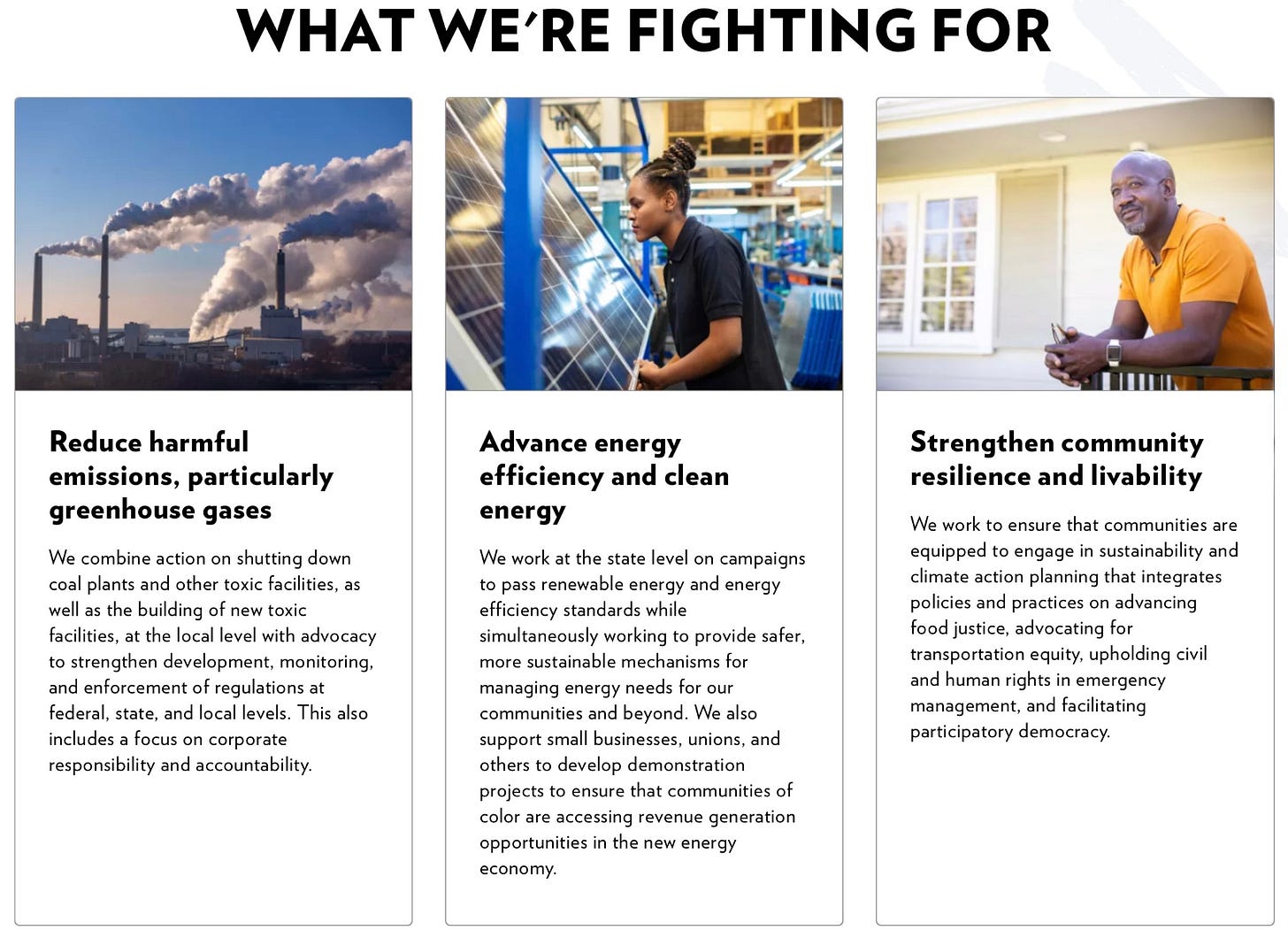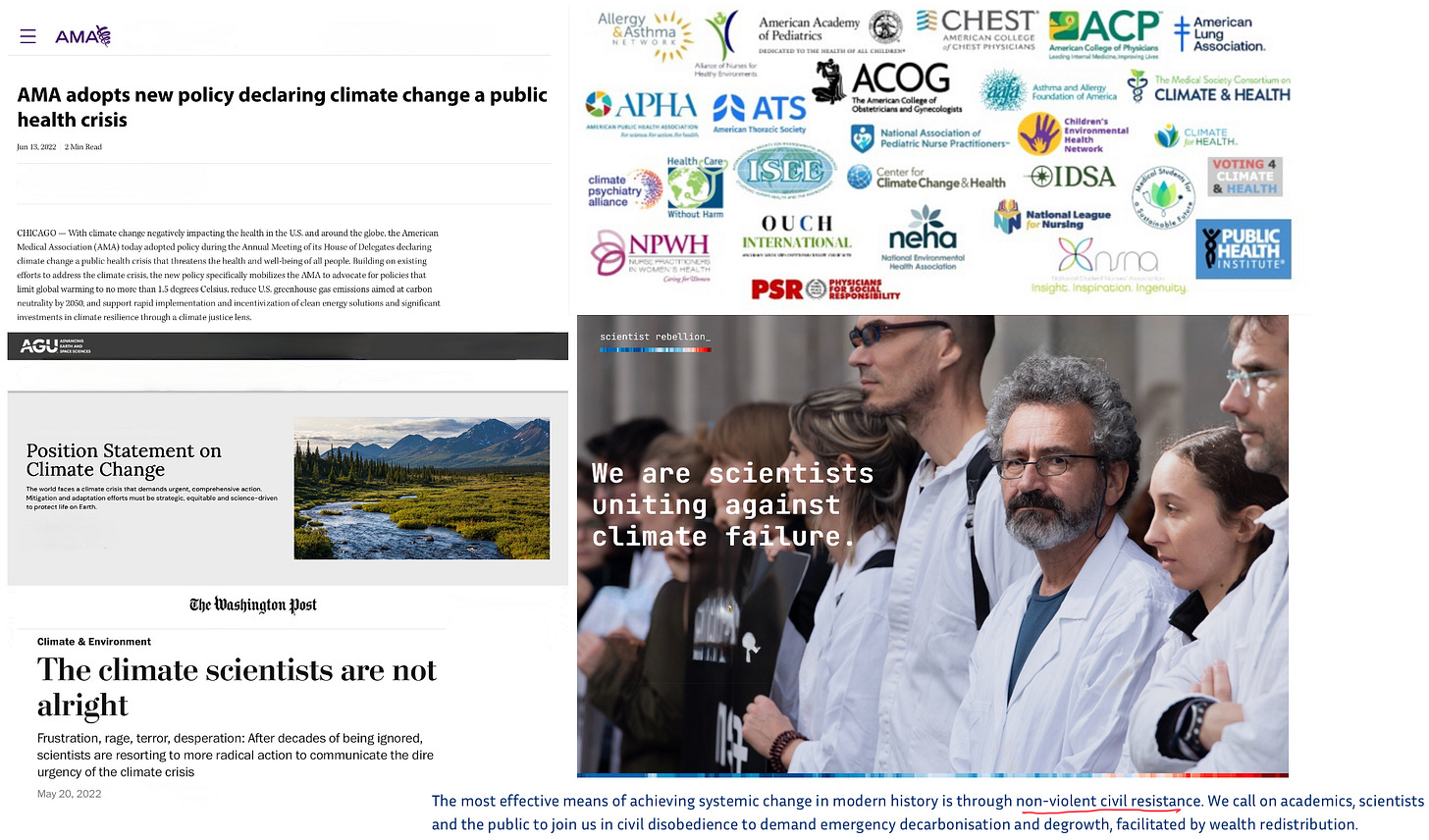Climate Action, Civil Society Organizations & Professional Associations
Fields of Action Series #12.1
Another vital part of the Climate Movement is and will be the participation of civil society organizations, professional associations, and faith communities, whose primary focus is not on environmental, conservation, or climate issues. Rather, these NGOs have come to recognize that climate change intersects with their broader missions. (I will cover faith communities in our next post in this series.)
Civil society organizations and professional associations can play vital roles in helping us achieve our seven major characteristics/imperatives/goals pictured above. This is especially the case in helping us to be together enough in the three senses I’ve outlined: (1) unity around shared goals, (2) a constant supply of action events, and (3) meeting together regularly.
Civil Society Organizations
Civil society organizations have created and will create professional positions or even centers, departments, or divisions focused on this intersection of climate action and their mission; an example in the US is the NAACP’s Center for Environmental and Climate Justice, which sees climate and other pollution problems as civil rights issues.
These organizations provide a much needed message to society, including potential Climate Action Supporters and policymakers, that the Climate Movement is broad-based, coming from every segment of the culture. Thus, in this way they help us to be big and broad enough. They can also make us active enough by helping to organize action events. But they also can help us to be big and broad and active enough by providing Climate Action Member/Athletes and by encouraging their constituencies to create Climate Action Teams. Combined with such efforts by enviro/conservation/climate NGOs, this is and will be a vital contribution. But more will be needed.
By connecting climate action to their broader missions and values, such as human rights or equality or poverty alleviation or human health, they will contribute to us being deep enough.
With climate-focused positions and departments they also help us to be dynamic enough, by providing tried-and-true strategies, tactics, and actions, the discipline and expertise that organizations and professionals bring, and the creativity that comes from applying their knowledge and experience from their area to a different set of problems and solutions.
Civil society organizations can also help us be strategic enough by identifying opportunities where their distinctive knowledge and resources can be brought to bear as they rally efforts by the broader Climate Movement to achieve objectives perhaps only they could have identified.
As is the case with enviro/conservation/climate NGOs, they can help to keep us together enough, long enough, by supporting Climate Action Teams and by providing institutional longevity.

Organizations focused on volunteer service can also encourage climate action. A terrific example is Girl Scouts and their Climate Challenge and Tree Promise, which connects climate action to the values Girl Scouts have nurtured for over a century — sending signals to potential Climate Action Supporters, policymakers, and businesses of how the Climate Movement has become big and broad and active enough and deep enough to make significant changes in society.
Volunteer service organizations can provide guidance, support, and encouragement for their volunteers to create Climate Action Teams.
Professional Associations and More Radical Offshoots
Professional associations can offer unique perspectives, expertise, and moral leadership. For example, in the US the American Medical Association (AMA) has declared climate change to be a “public health crisis that threatens the health and well-being of all people.” The AMA and other health groups, such as the American Academy of Pediatrics (AAP), the American Psychiatric Association (APA), and the American Lung Association, have issued statements, organized group sign-ons, and engaged policymakers.
Scientific associations, like the American Geophysical Union (AGU), the American Meteorological Society, and the American Association for the Advancement of Science (AAAS), have also weighed in.
Even the American Bar Association has called for reducing “U.S. greenhouse gas emissions to net zero or below as soon as possible.”
Individual members of these associations can use the connections they make through them to create Climate Action Teams or even new organizations.
Through new groups like Scientist Rebellion, professionals can engage in all three ways of being together enough, and go much further than their associations are willing to, such as participating in non-violent civil disobedience. Leading by example, they help all of us to become passionate enough and deep enough.
As we see such efforts it should not be hard to see from whence our hope springs. Not from billionaires. Not from fickle politicians. Nyet.
Hope springs from us. When we are together enough through shared goals, action events, and meeting together regularly, striving to stop bad stuff, set wrong right, and make things better as we make the impossible possible and the possible actual and the actual beautiful and our future come faster, hope springs forth like an inexorable law of the Universe.
Together we will become the greatest and most long-lasting social change movement in the history of the world. And our children and the children of a million tomorrows will rise up and call us blessed. Join us!
If you are new here, check out our Intro Series and other posts in this Olympian Fields of Action Series. If you like this post, please “like,” comment, and share. And thanks for all you’re doing.









